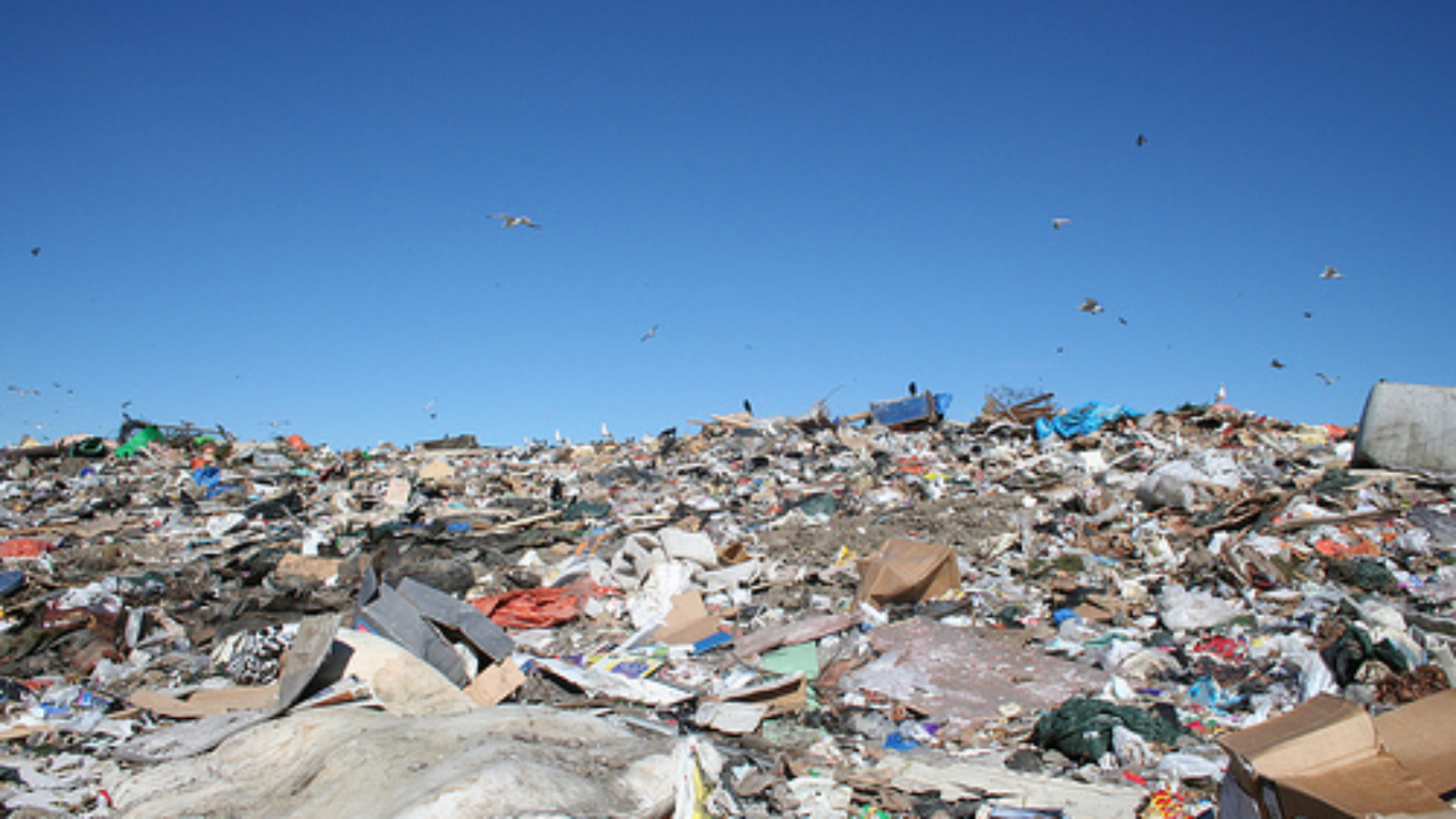Protests in Ghana last week have reignited debate over the Kwabenya landfill, which would be the nation’s first sanitary refuse dump. The protesters, most of whom were residents of the nearby Accra suburb Agyemankata, were concerned about the landfill’s health impact, its outdated construction plans and the possibility of displacement. The town’s traditional elder, Asafoatse Ayitey II, warned government officials about their obligations to voters during the protest. “We are not vultures to be kept on a refuse dump,” he said, “It is therefore surprising that after voting [the government] to power, they are compensating us with waste.”
Nii Okaija Aryee summarized the demonstrator’s concerns, claiming that the assessment report used by the government to plan the dump is 17 years old, and has not accounted for changes in the landscape and surrounding communities. According to a World Bank report, “The Panel found that Environmental and Social Assessment (ESA) conducted in 2003 did not adequately examine alternatives for a future landfill, and there was an over reliance on outdated environmental and social assessments which did not take into account changed conditions, including new settlements in the close vicinity of the landfill site.”
There are concerns of dangerous methane gas emissions and water pollution. According to Aryee, the Accra Metropolitan Assembly (AMA), which is constructing the landfill, “is known for mismanagement of waste” in its past projects. In addition, the Centre on Housing Rights and Eviction (COHRE) filed a complaint in 2007 claiming that a “significant portion” of Agyemankata residents would be displaced by the landfill, fueling further unrest within the local community.
The landfill has been under construction since July 2001 but has been consistently delayed due to local opposition. Proponents of the project, which is being funded by the World Bank, the Agence Franciase de Development (AFD), the Nordic Development Fund, and the government of Ghana, claim that it is crucial to assuring sanitary conditions within the notoriously unsanitary nation. The landfill was recommended and subsequently authorized under the Second Urban Environmental Sanitation Project in Ghana (UESP II), which has aimed to improve the nation’s waste management systems. The International Development Association (IDA) provided a $62 million credit to support the project in 2004, although some say that the continuous delays and local protests may put the contribution in jeopardy.
–Peter Bozzo
photo by D'Arcy Norman via Flickr
Further Reading:
